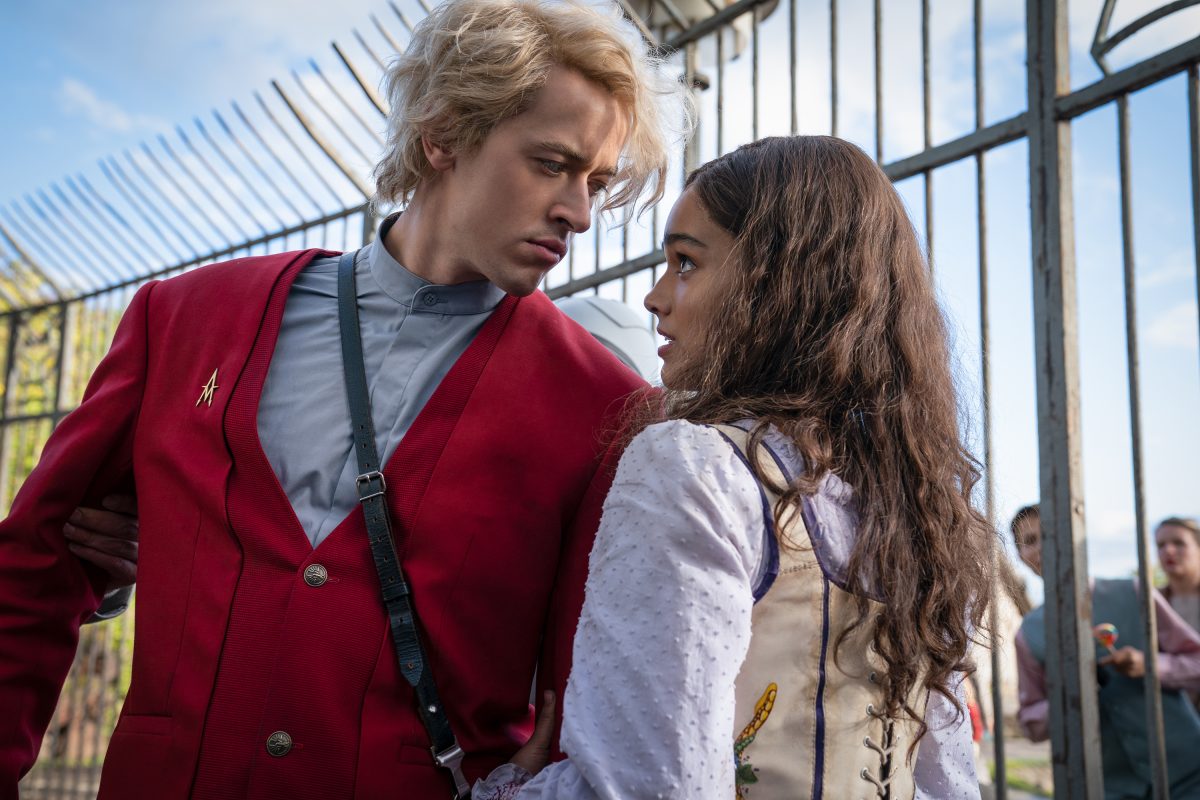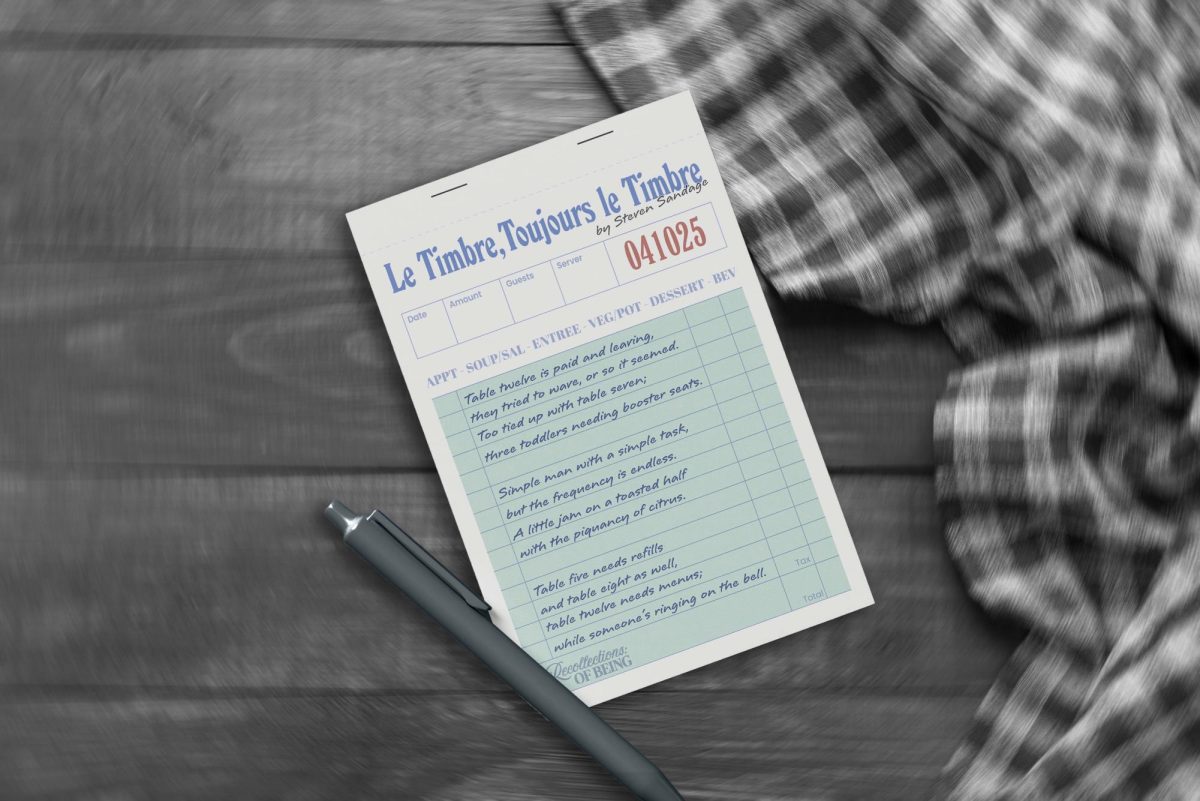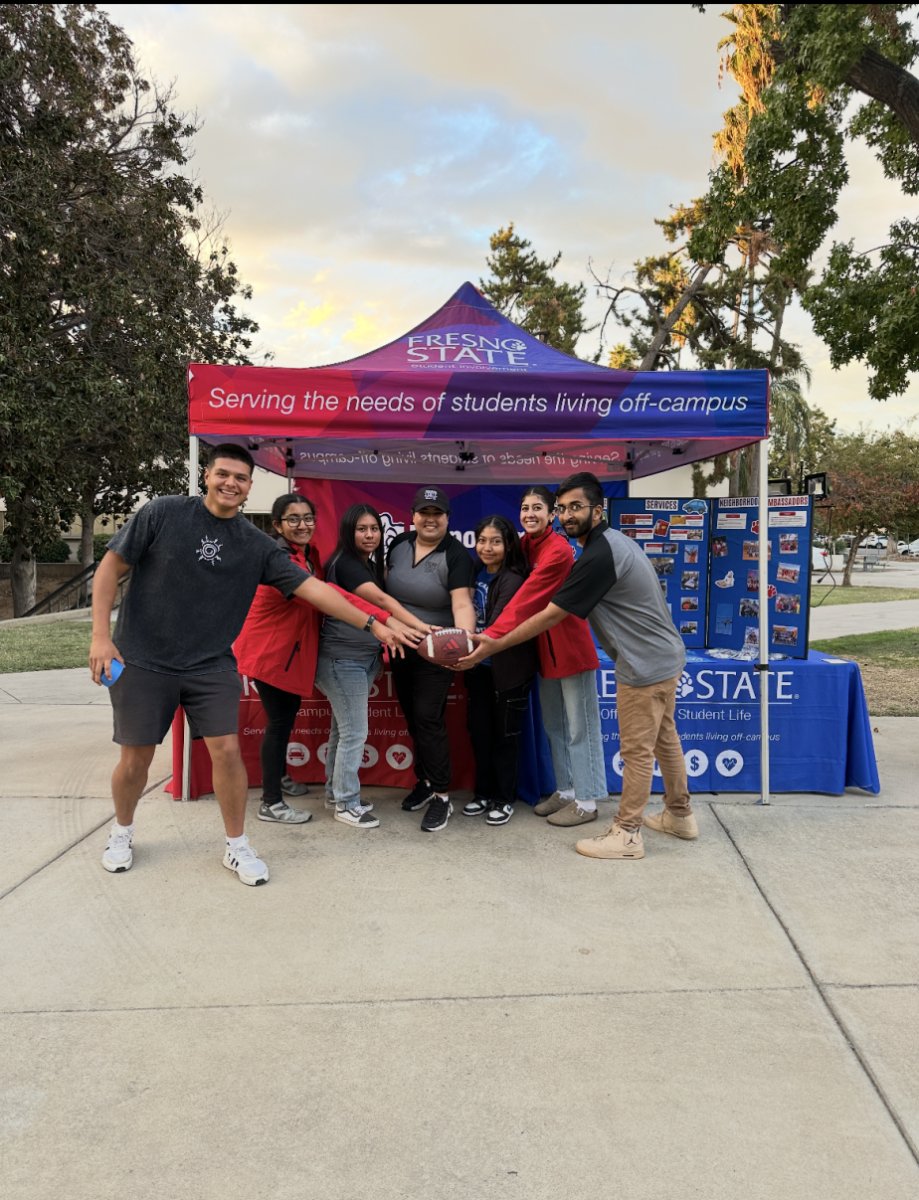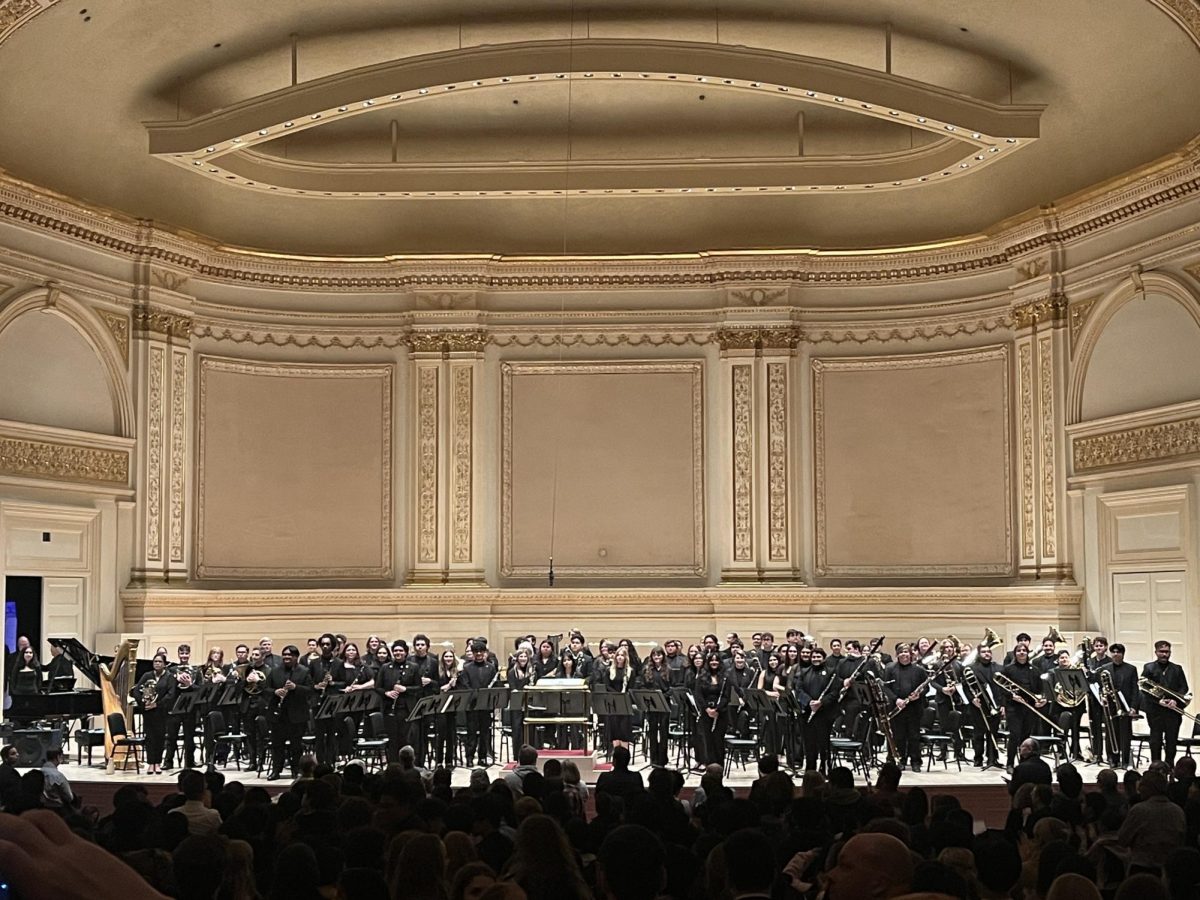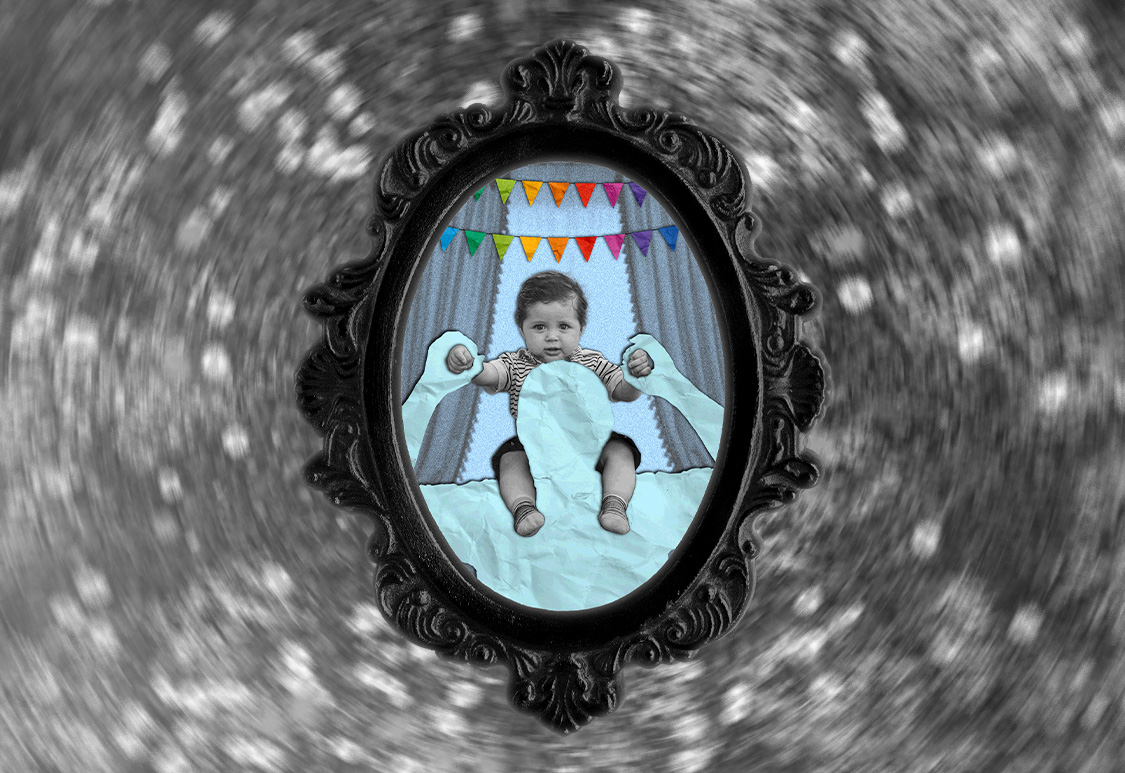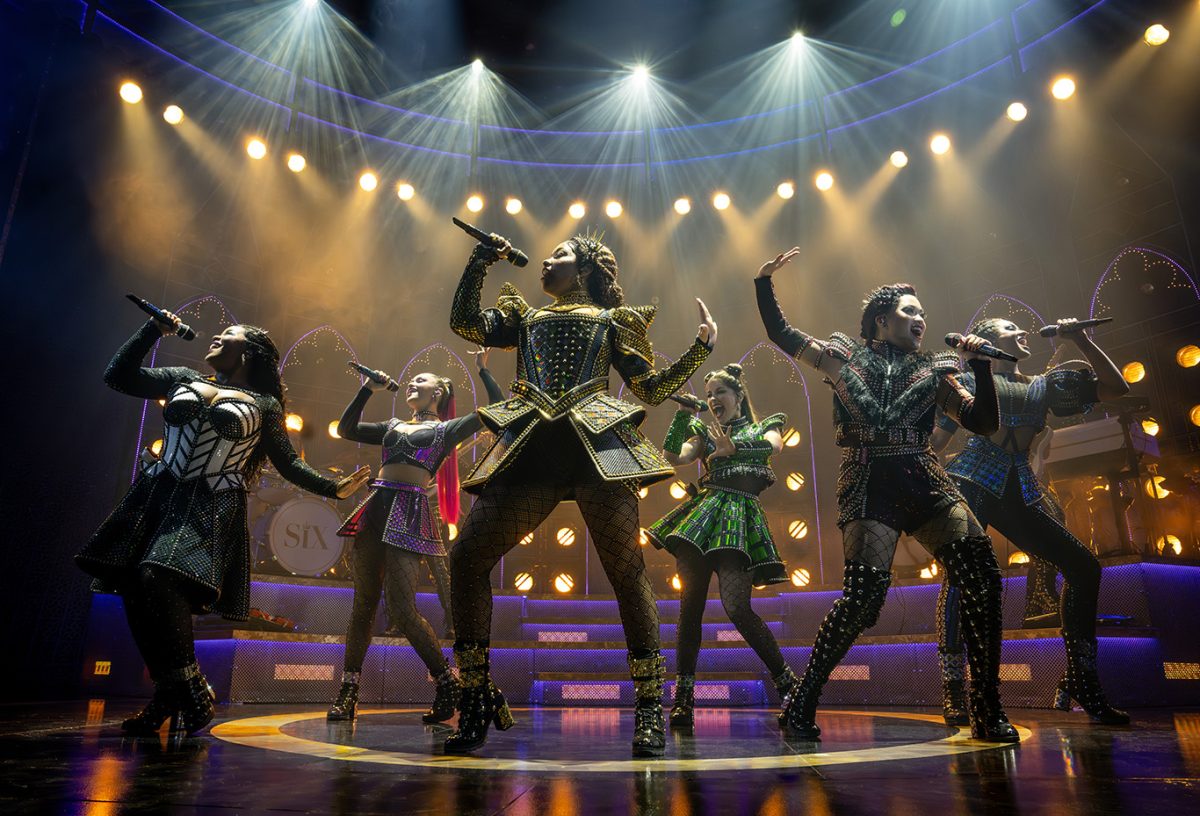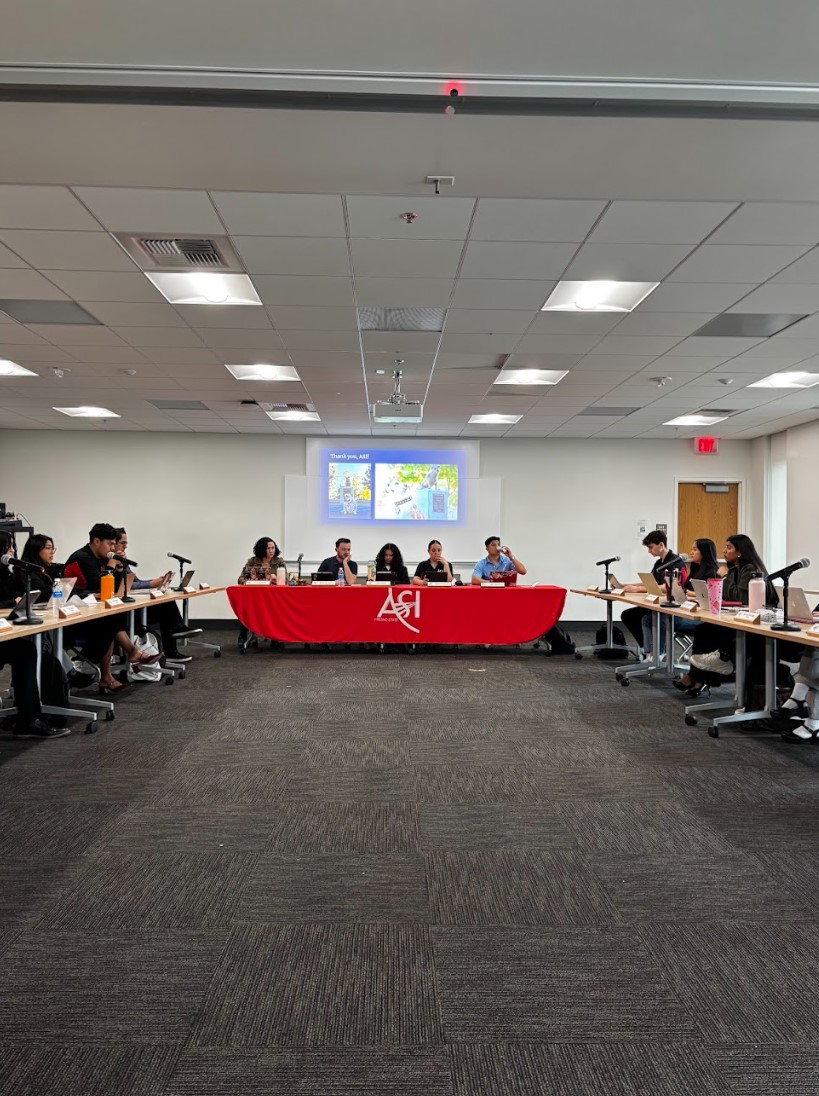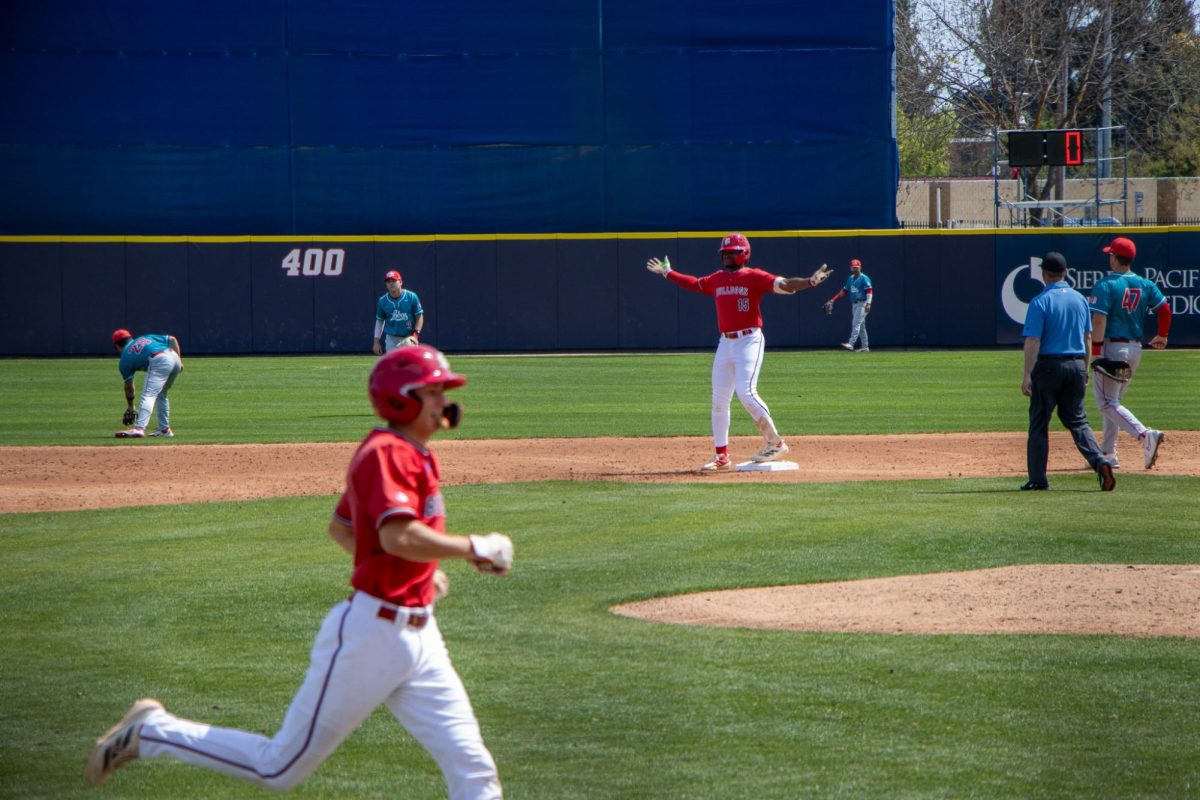Suzanne Collins conceived “The Hunger Games” as a metaphor for our divided times. In 2023, that metaphor is stronger than ever, and “The Ballad of Songbirds and Snakes” uses it to great effect, despite certain changes from the book.
Lionsgate’s “The Hunger Games: The Ballad of Songbirds and Snakes,” which released in theaters worldwide on Nov. 17, follows a young Coriolanus Snow (here played by Tom Blyth), whom we know will grow up to become the diabolical president of Panem. Snow, who is on the cusp of graduating from the Capitol of Panem’s prestigious academy, is given an unexpected and seemingly impossible task: mentoring the female tribute from the backwater District 12, Lucy Gray Baird (Rachel Zegler), in the 10th annual Hunger Games.
The Hunger Games, of course, provide the actual physical conflict of the film, but the main conflict is of the “Man vs. Self” type, specifically between Snow’s values and his growing feelings for Baird. As with any prequel, we know what decision our protagonist will eventually make, but Blyth keeps us engaged regardless.
The real star of the show here is Zegler. The “West Side Story” star imbues Baird with just the right mix of charisma and genuine vulnerability, along with a touch of mental imbalance.
And then, of course, there are the songs. As the film is called “The Ballad of Songbirds and Snakes,” the songs consist mostly of ballads and Zegler knocks them out of the park. Zegler, who said in interviews that she was inspired by Joan Baez, has a soulful voice that captures the audience’s attention just as it does in the film. Baird has clearly seen a lot, but remains hopeful even when death is seemingly near.
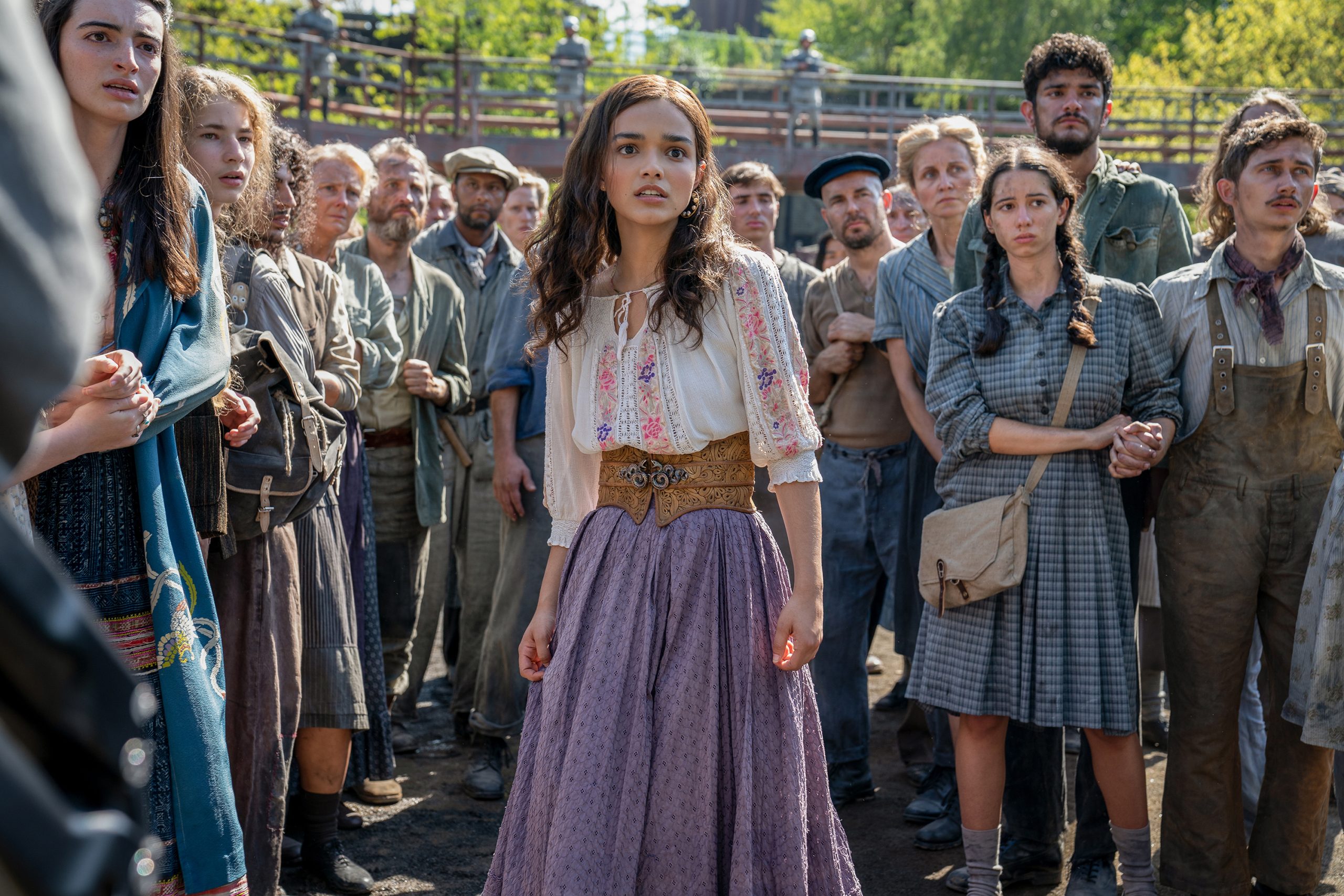
As with a lot of film adaptations of books, there are some changes made for the screen, not all of which are good. The most striking change made for the movie was in regards to Snow and Sejanus’ relationship. Several of their scenes and lines were cut, making their transition from uneasy allyship to a brotherhood-like bond seem more abrupt. In the book, the scenes of their friendship humanizes Snow, making his eventual betrayal more impactful.
Similarly, several of the other mentors also had expanded roles in the book. Clemensia, in particular, had a much bigger role. She was shown to survive Gaul’s snakes, but her skin turns yellow and she has scales on her back. She and Snow also eventually reconcile, which also serves to humanize the future political leader.
Some of the changes were good. Lucky Flickerman, for example, has much better lines in the movie than he did in the book. The weatherman is also two characters in the book, with the Capitol zoo reporter, Lepidus, being merged into Flickerman’s character.
Sometimes with prequels, the tie-ins to the original works can seem forced, or can detract from the narrative of the story. But here, the tie-ins provide an effect of reverse foreshadowing that adds to the narrative.
Despite these changes, the message of “The Ballad of Songbirds and Snakes” remains intact. It’s not subtle, but “The Hunger Games” was never subtle. Division is a slippery slope, and if you fall too far, you might not be able to come back.




